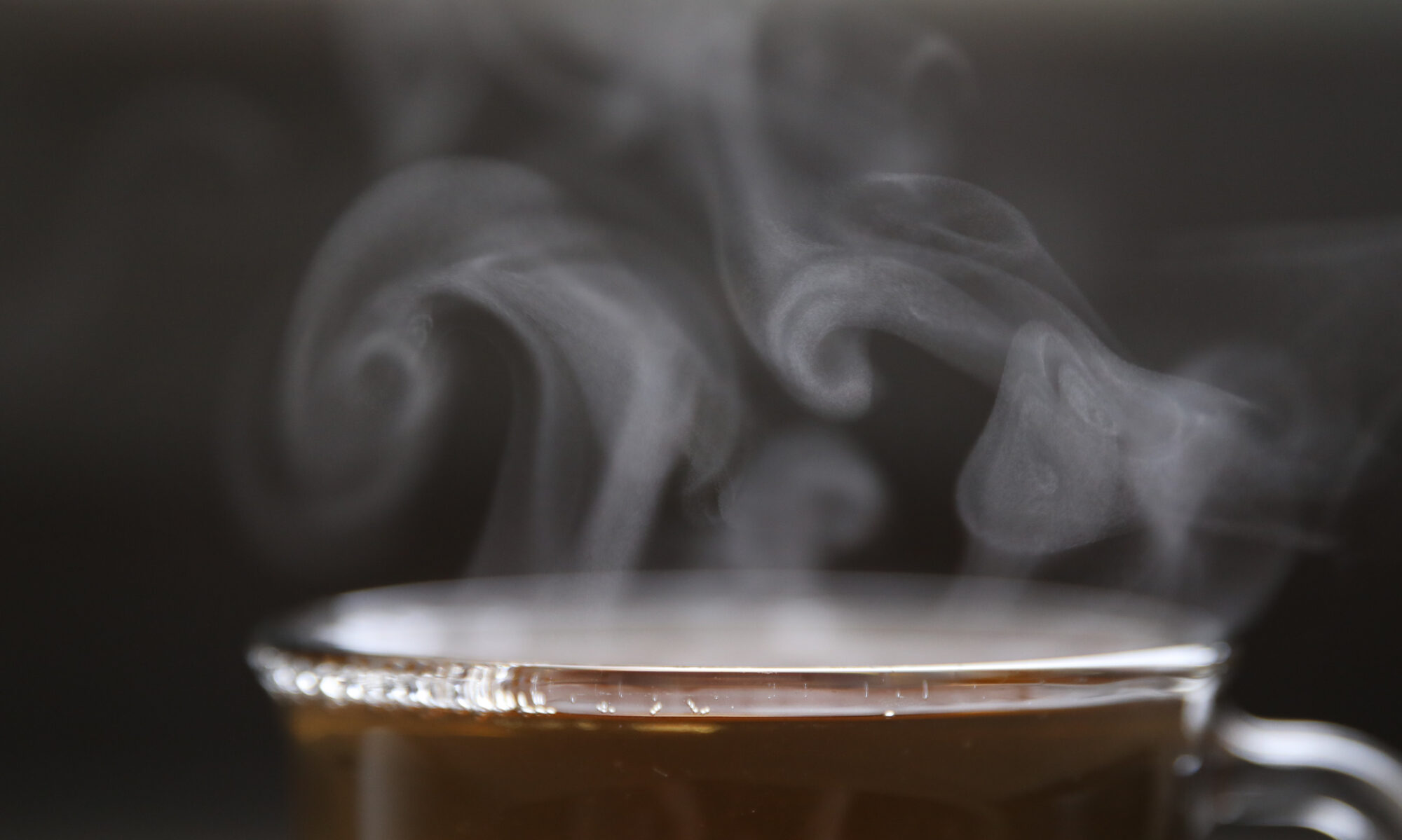The truth is, there are many ways to brew a cup of tea! Depending on the type of tea, or the equipment you have, many factors can differ. Through trial and error, you can find the way that suits you best. Let’s take this step-by-step, shall we?

Pick your tea
What tea are you feeling today? If you’re looking for something cozy and warming, maybe an oolong. Something refreshing, perhaps a white tea. Stimulating, try a black tea! Each family of tea, and even styles of tea within those families, have different methods of brewing that can enhance the flavor and texture of the tea.
Select your tea pot
Different teas do better in different tea pots. For example, white and green teas are usually delicate in flavor. This delicate flavor can pick up other unintended flavors from porous tea pots, like those made of clay or cast iron. So, choose a glazed ceramic or enameled cast iron vessel for these teas. More robust teas, like puerh and black teas, can handle the porous materials, and can even enhance the vessel over time. This is called “seasoning” a pot.
But maybe the most important part of selecting a tea pot is space. There should be enough room in your pot for the leaves to dance around freely while brewing. This means, try not to cram a bunch of leaves into a small strainer. Choose a pot with a large strainer, or better yet, one without a strainer at all!
Heat your water
There are a lot of ways to brew tea. In fact, one of the easiest ways is just to throw some tea leaves in a cup and pour boiling water over them. But this might not give you all the complexity the tea has to offer. Again, since white and green teas tend to be more delicate, brewing them at a lower temperature can maintain those sweet and floral notes, whereas brewing them in boiling water can make them bitter. Black and puerh teas can handle the heat of near-boiling water. And oolong teas like to be somewhere in between, providing enough heat to bloom the tea, but not so much as to burn it.
Set your timer
Just like with temperature, the amount of time you let your tea steep has an effect on its taste. Tea can get bitter and overly astringent if it sits for too long. Try to keep green and white teas to between 2 and 3 minutes if you’re using a tea pot. Black and puerh teas can sit for 3 to 5 minutes if you’re using a tea pot. Oolong teas can sit for 4 to 7 minutes if you’re using a tea pot. Oolong teas can take the longest to brew because, depending on the type, they can be twisted or rolled and need time to unwind before releasing their full potential.
Now, if you’re using a smaller brewing vessel, like a gaiwan or a small Yixing pot, those brew times get cut down significantly. Most teas only need between 10 and 30 seconds in smaller vessels.
Choose your tea cup

Really? Even the type of cup matters? Yes. If you’re brewing black tea at a high temperature, you wouldn’t want a thin material between your hand and the boiling water. For high-temperature teas, try a cup that has a handle, or one that is made of a thicker, less heat-transferring material. Also, think about the color of your cup. If you’re curious to see the beautiful tea you just brewed, choose a white or transparent glass cup.
Find your intention
Tea is all about intention. It’s a beautiful way to connect to the present moment, to the water, to the earth, to the farmers who grew your tea. It can also be a moment to be thankful for the access we have to good tea and flowing water. Many folks do not have access to clean, affordable water. So, as you’re brewing your tea, just the way you like it, spend a moment finding gratitude. And try to find ways you can make life better for others while you’re at it!

